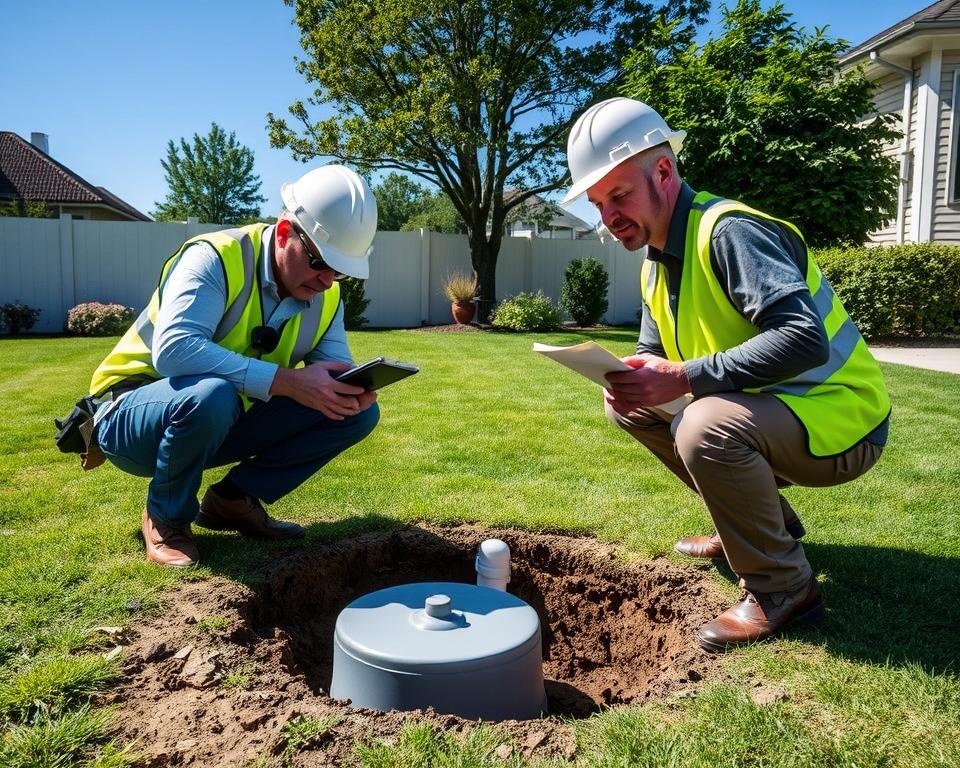Cooking Area Grease Trap Sanitizing: Maintain The Culinary Area Clean
Ever pondered the results of ignoring kitchen grease interceptor cleaning in a bustling commercial kitchen? It’s more than just a matter of hygiene; it’s about ensuring an effective grease trap pumping setup. These interceptors are vital for capturing FOG (fats, oils, and grease) before they can affect plumbing and drainage systems. By emphasizing regular servicing, you safeguard your restaurant’s infrastructure and prevent costly pipe issues and odors.
Comprehending the Significance of Grease Trap Maintenance
Grease traps are vital for the effectiveness and hygiene of restaurant kitchens. They play a important function in ensuring functional efficiency and adherence with local laws. Grasping how grease traps work and the impacts of poor upkeep aids owners in making educated decisions about restaurant grease interceptor cleaning.
Importance of Grease Traps in Restaurant Kitchens
Grease interceptors are located near washing stations to capture FOG (fats, oils, and grease) before they enter the sewer. This is crucial for preventing pollution and safeguarding the wastewater system. Appropriate grease trap maintenance ensures these units work efficiently, preserving the environment and the business from fines or interruptions. Routine checks are crucial to following grease trap regulations, which outline cleaning and upkeep schedules.
Results of Overlooking Grease Interceptor Cleaning
Not upkeeping grease trap disposal services can result in serious problems for kitchen operations and public health. Some likely results are:
- Serious drainage blockages, resulting in costly emergency repairs.
- Offensive stenches in the culinary area and eating spaces, lowering client approval.
- Charges and regulatory problems from violating grease interceptor rules.
- Heightened possibility of pipe issues, which could halt culinary activities.
Establishing a routine cleaning plan, like restaurant grease interceptor cleaning, can avert these complications. Routine upkeep maintains adherence with regulations and preserves the culinary area.
Kitchen Grease Trap Cleaning: A Step-by-Step Procedure
Sanitizing a grease trap is crucial for a culinary area’s efficiency. It needs the right supplies and a organized method. From collecting needed tools to disposing of waste properly, each step is crucial for a clean culinary area.
Necessary Tools for DIY Cleaning
Before you begin, make sure you have these tools at available:
- Protective gloves
- Respirator
- Crowbar or tool
- Scraping tools
- Shop vacuum
Comprehensive Sanitization Procedure
Here’s a comprehensive procedure for thorough sanitization:
- Open the grease interceptor by lifting its lid carefully.
- Remove the debris, attempting to remove as much as you can.
- Employ a shop vac to suck up any leftover pieces.
- Scrub the interior of the grease trap with non-abrasive detergents.
- Rinse all particles with clear H2O.
Advice for Proper Removal of Grease Waste
Correct elimination of FOG waste is essential for environmental safety:
- For minor quantities, employ reinforced garbage bags for elimination.
- For greater volumes, utilize grease disposal services to adhere to rules.
| Amount of Waste | Disposal Method | Suggested Providers |
|---|---|---|
| Less than 5 liters | Reinforced trash bags | Nearby dump |
| Above 5 liters | Professional disposal service | Grease recycling services |
Employing an enzyme grease interceptor cleaner can improve your cleaning attempts, organically decomposing fats and oils. By complying with these instructions, you’ll keep your culinary area functional and comply with waste management regulations.
Signs Your Grease Interceptor Needs Cleaning
Maintaining your grease interceptor in optimal form is crucial for your commercial kitchen’s smooth performance. Knowing when to schedule a grease interceptor sanitization can avert future complications. Several signs can inform you to the need for an inspection.
Frequent Signs of FOG Accumulation
Be aware of these signs that imply your grease trap needs immediate action:
- Unpleasant odors originating from the culinary area or pipes.
- Slow-moving basins, indicating obstructions from grease buildup.
- Apparent FOG buildup in and around your pipes.
- Recurring plumbing issues, such as blockages and backups.
Recommended Cleaning Frequency
Consistent maintenance of your grease interceptor is crucial for efficiency and compliance to rules. It’s generally advised to conduct inspections and sanitizations every four to six weeks. Kitchens with intense operation might need more routine maintenance. Engaging a professional for routine grease interceptor maintenance ensures you meet these requirements and ensure your kitchen clean.
| Culinary Area Type | Recommended Cleaning Frequency |
|---|---|
| Low Usage | Every 4-6 weeks |
| Moderate Demand | Every 3-4 weeks |
| Intense Operation | Every 1-2 weeks |
Advantages of Specialist Grease Trap Services
Employing expert grease interceptor sanitization services can greatly enhance your culinary area’s productivity and security. These experts not only sanitize thoroughly but also advise on the most suitable maintenance schedules for your establishment. By opting for commercial grease trap pumping services, you’re engaging experts well-versed in grease trap complexities.
Why Choose Grease Trap Pumping Service?
Engaging a grease interceptor extraction service gives availability to specialized equipment and knowledge in grease interceptor handling. They guarantee your devices are cleaned properly, preventing clogs and overflows that could lead to expensive plumbing issues. Regular specialist sanitizations aid ensure efficiency and improve client approval.
Adherence to Regulations and Assurance
Using a expert service also ensures adherence with grease interceptor rules. Many areas have strict standards that restaurants must follow, and breaches can cause charges or audits. Engaging a dependable grease trap service offers assurance, ensuring your kitchen complies with all guidelines. It also fosters a clean space for staff and customers.



